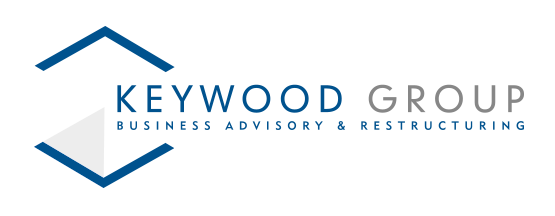Insolvency Options for Struggling Businesses
For businesses facing significant financial difficulties in the UK, insolvency can seem like a daunting prospect. However, it’s important to view insolvency not just as the end of the road but as a structured way to address financial challenges, protect stakeholders, and in some cases, create a pathway to recovery. This article explores the key insolvency options available to struggling businesses in the UK, emphasizing their purpose and potential outcomes.
What is Insolvency?
Insolvency occurs when a business cannot pay its debts as they fall due or when its liabilities exceed its assets. UK insolvency law provides several legal frameworks designed to deal with this situation. These options aim to balance the interests of creditors while offering businesses a chance to reorganize or wind up in an orderly manner.
Administration
Administration is a formal insolvency procedure where an appointed administrator takes control of the company with the goal of rescuing it as a going concern.
- Purpose: To protect the business from creditor actions while exploring options to restructure or sell the company.
- Benefits: The Company gets breathing space, as creditor actions like winding-up petitions are halted under a “moratorium.”
- Outcome: Administration can lead to a company’s survival, the sale of assets to repay debts, or a transition to liquidation if rescue is not feasible.
Company Voluntary Arrangement (CVA)
A CVA is a legal agreement between a company and its creditors to repay debts over time, often at a reduced rate.
- Purpose: To allow the business to continue trading while addressing its financial obligations.
- Benefits: The Company retains control of its operations, and creditors often prefer this route as it typically provides a better return than liquidation.
- Outcome: If creditors approve the CVA, the business can continue operating under agreed terms, potentially recovering over time.
Liquidation
Liquidation involves the closure of the business and the sale of its assets to pay creditors. There are two main types of liquidation:
- Creditors’ Voluntary Liquidation (CVL): Initiated by directors when a company is insolvent and cannot continue trading.
- Compulsory Liquidation: Court-ordered, often at the request of creditors.
- Purpose: To ensure assets are distributed fairly among creditors.
- Benefits: Directors can fulfil their legal obligations while ensuring an orderly wind-up of the company.
- Outcome: The business ceases to exist, but directors are free to move forward after fulfilling legal requirements.
Pre-Pack Administration
Pre-pack administration involves arranging the sale of the company’s assets or business before entering administration.
- Purpose: To preserve the value of the business by minimizing disruption.
- Benefits: Employees, customers, and suppliers often experience minimal impact, and the business can continue under new ownership.
- Outcome: While controversial, this method is effective for salvaging viable parts of a business.
When to Seek Professional Advice
If insolvency appears imminent, it is crucial to act swiftly. Delaying decisions can worsen financial problems and increase the risk of legal consequences for directors. Insolvency practitioners are licensed professionals who can guide businesses through these processes, ensuring compliance with UK law and identifying the most suitable course of action.
Alternatives to Insolvency
Before committing to formal insolvency, businesses might consider:
- Negotiating with creditors: Informal arrangements can sometimes be reached without entering insolvency.
- Restructuring: Reviewing operations and cutting costs might provide a lifeline.
- Alternative financing: Exploring options like invoice factoring or peer-to-peer lending could improve cash flow.
Conclusion
Insolvency is not an easy choice, but it can offer a pathway to resolution for struggling businesses. Whether through administration, CVAs, liquidation, or pre-pack administration, these processes provide structured solutions to protect creditors and give companies a chance to address their financial challenges. Seeking timely professional advice is critical to navigating these options and determining the best path forward.










